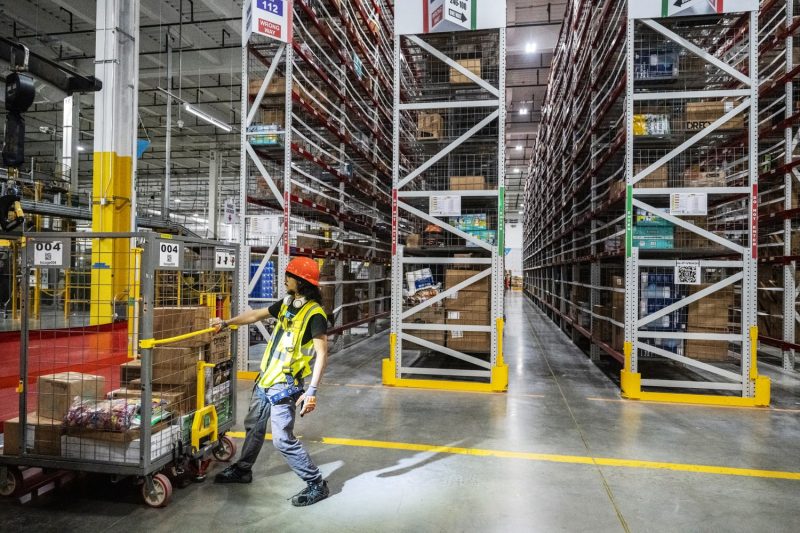The recent uptick in the U.S. unemployment rate to 4.3% has raised concerns amid signs of a broader economic slowdown. This shift marks a slight increase from the previous rate of 4.2%, hinting at potential challenges facing the labor market.
The rise in unemployment can be viewed in the context of various economic factors at play. One such factor is the ongoing supply chain disruptions that have been impacting industries across the board. The ripple effects of these disruptions have led to production delays, reduced inventory levels, and overall economic uncertainty. As a result, businesses may have held back on increasing hiring, leading to a stagnation in job creation and a rise in unemployment rates.
Additionally, the looming threat of inflation has also influenced the employment landscape. Higher inflation rates can erode real wages, putting pressure on both employers and employees. In response, businesses might be cautious about expanding their workforce or offering pay raises, contributing to the current uptick in unemployment.
Another contributing factor to the rise in unemployment could be the shifting dynamics in the job market itself. The rapid advancement of technology and automation has led to a transformation in the skills required by employers. Workers who do not have the necessary skills or training to keep up with these changes may find themselves at a disadvantage, leading to higher levels of unemployment among certain demographics.
Further exacerbating the situation is the uncertainty surrounding the global economy. Geopolitical tensions, trade wars, and the lingering effects of the COVID-19 pandemic continue to cast a shadow of uncertainty over the economic outlook. In such an unpredictable environment, businesses may adopt a conservative stance towards hiring, choosing to wait and see how the situation unfolds before committing to expanding their workforce.
Addressing the challenges presented by the rise in unemployment will require a multi-faceted approach. Policymakers, businesses, and educational institutions must work together to equip workers with the skills needed to thrive in a changing economy. Initiatives that focus on upskilling and reskilling the workforce can help bridge the gap between job seekers and employers, reducing unemployment rates in the long term.
In conclusion, the recent uptick in the U.S. unemployment rate to 4.3% reflects the complex interplay of economic, technological, and global factors shaping the labor market. Understanding these dynamics and implementing targeted solutions will be crucial in addressing the challenges posed by rising unemployment and fostering a resilient and inclusive economy.
